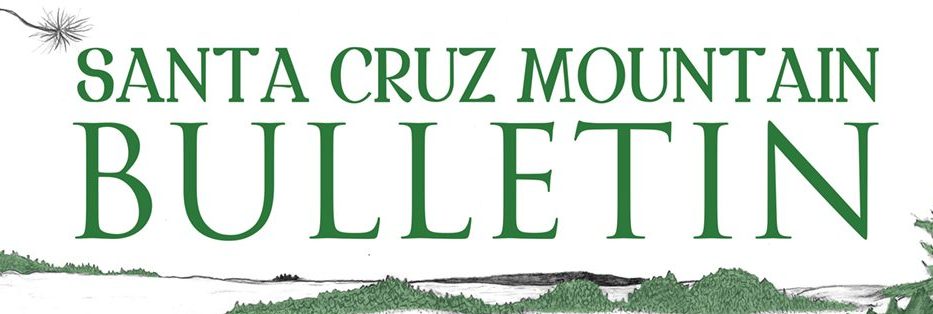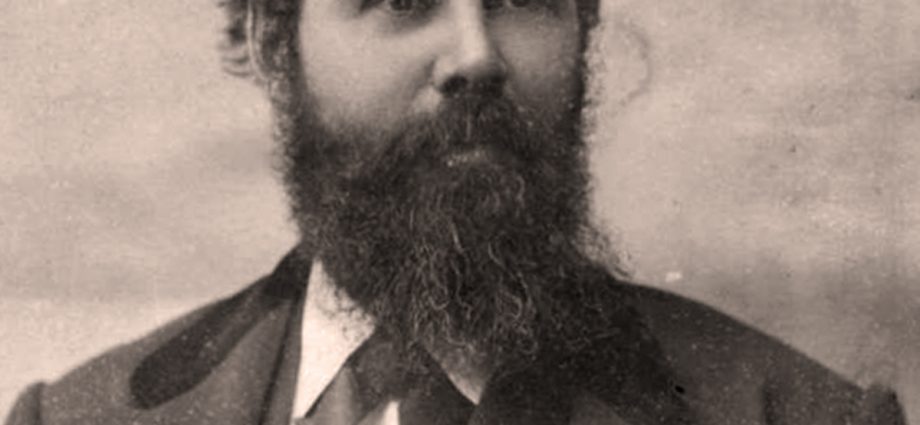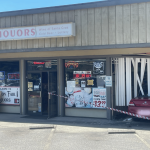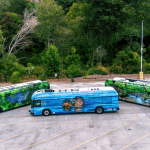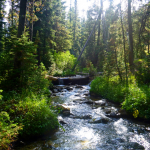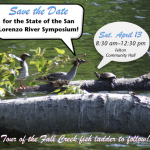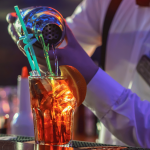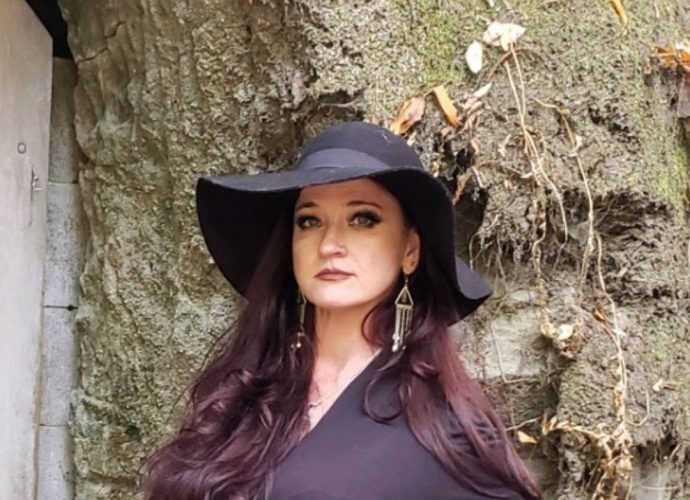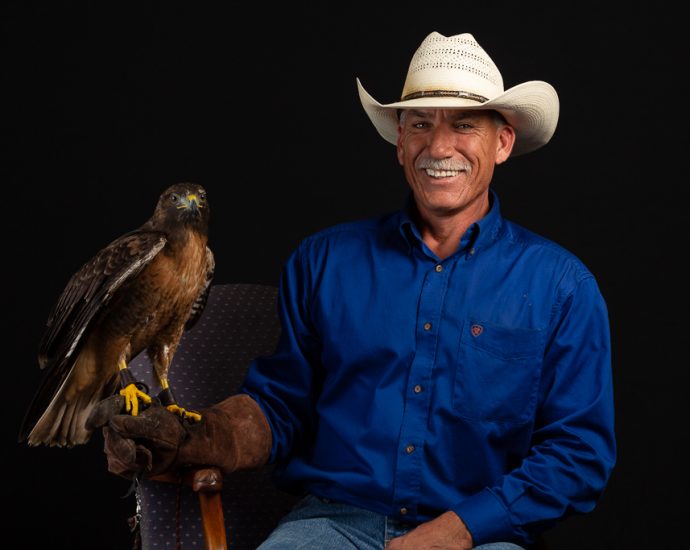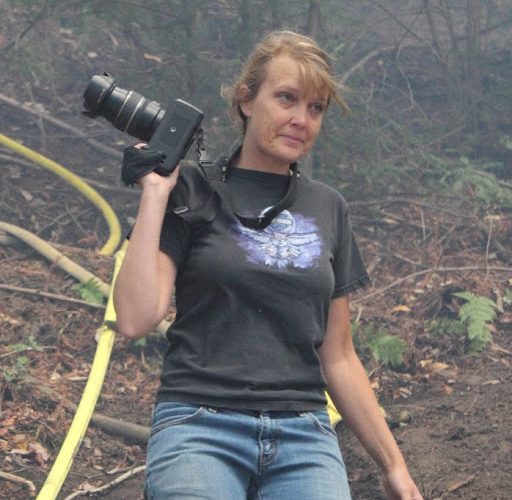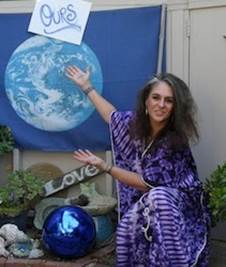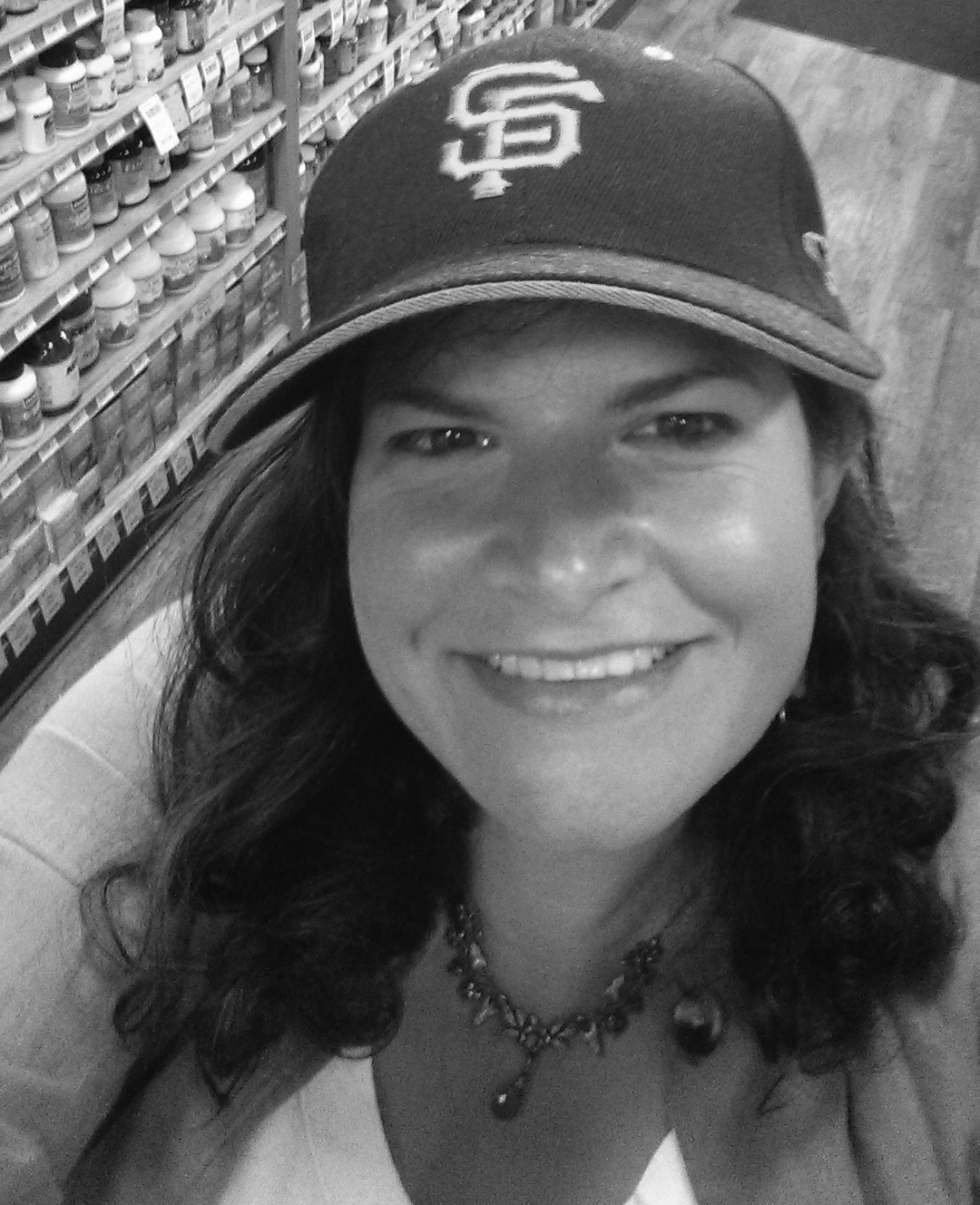by Lisa Robinson Romanso Erastus Wood, better known as R. E., and his wife Mary Olmstead Wood, arrived in Santa Cruz County around 1868. The register of voters in 1869 describes Wood’s self-stated occupation as a broom-maker. What an understatement! Wood was an incredibly talented individual. An inventor, industrialist, landscape photographer, traveler, showman, and a talented, opinionated, sometimes cryptic, writer with a poetic bent, who wrote under many pseudonyms. In 1870, he was awarded a patent for “an improvement in animal traps.” This patent for a cylindrical gopher trap was reportedly the first such trap to be produced commercially. He made his home at Troutdale Farm on Bear Creek Road where he had a fine vegetable garden, cornfields, and a vineyard of 3,000 vines with 35 varietals. He had workshops for his manufacturing with the best tools and machinery of his own manufacture, a stock of chemicals and acids, and a foundry. There appeared to be no branch of art or science with which Mr. Wood was “not familiar, especially mechanics, chemistry, etc.” He also repaired guns, sewing machines, “in fact everything made out of wood, iron, steel, copper or brass.” Mr. Wood had a four-horse team and wagon that made monthly visits to each of the towns selling the goods he had manufactured. Besides his traps he sold potato-knives, brushes, and dusters among other things. The Sentinel noted that his traps would be indispensable as “now there was a premium of 8 cents on each gopher scalp.” By 1874, he was producing 8,000 traps annually at his factory, Troutdale Farm. Two sizes of traps were produced, selling for $1.00 and $1.50 each. His manufacturing business also included a corn-broom manufacturing plant and a match-making factory. And he was purportedly going into the cutlery making business too. In 1875, Wood used his newly acquired camera to document the building of the San Lorenzo flume. He had six different size lenses for either single or double (stereoscopic) views. Noted county scenery and buildings were also photographed, with the goal of the images being displayed at the 1876 Centennial Exposition in Philadelphia. At the 1877 Mechanics Institute Industrial Exhibition in San Francisco, Wood won an award for his cylinder gopher trap. One of his advertisements extolled the virtues of the rodents as pets, and boasted that when the trap was placed appropriately in their boroughs it will “about half the time take them alive, so they can be put in a coal oil can or dry aquarium, half filled with dirt, and their interesting habits studied, to the great delight of all.” E. Wood put his broom and match manufacturing businesses up for sale and he and is wife took again to the road; they traveled around California and beyond, putting on lime-lighted optical lantern exhibitions with “newly imported European double mammoth oxy-hydrogen stereopticons.” Around 200 oil-painted transparencies of noted scenes were projected ten feet in diameter and “laughabilities” made the show one of the most entertaining and instructive for just 50 cents a person. They also offered their services as photographers and at the same time, introduced the gopher trap to a wider audience.
